- News
- Reviews
- Bikes
- Accessories
- Accessories - misc
- Computer mounts
- Bags
- Bar ends
- Bike bags & cases
- Bottle cages
- Bottles
- Cameras
- Car racks
- Child seats
- Computers
- Glasses
- GPS units
- Helmets
- Lights - front
- Lights - rear
- Lights - sets
- Locks
- Mirrors
- Mudguards
- Racks
- Pumps & CO2 inflators
- Puncture kits
- Reflectives
- Smart watches
- Stands and racks
- Trailers
- Clothing
- Components
- Bar tape & grips
- Bottom brackets
- Brake & gear cables
- Brake & STI levers
- Brake pads & spares
- Brakes
- Cassettes & freewheels
- Chains
- Chainsets & chainrings
- Derailleurs - front
- Derailleurs - rear
- Forks
- Gear levers & shifters
- Groupsets
- Handlebars & extensions
- Headsets
- Hubs
- Inner tubes
- Pedals
- Quick releases & skewers
- Saddles
- Seatposts
- Stems
- Wheels
- Tyres
- Health, fitness and nutrition
- Tools and workshop
- Miscellaneous
- Cross country mountain bikes
- Tubeless valves
- Buyers Guides
- Features
- Forum
- Recommends
- Podcast
review
£49.99
VERDICT:
Tricky to fit and not the most supple to ride but good durability and performance for training rides
Tacky compound gives confidence in the bends
Robust enough for hard-packed gravel tracks
Rigid carcass can make them difficult to fit
Weight:
375g
Contact:
At road.cc every product is thoroughly tested for as long as it takes to get a proper insight into how well it works. Our reviewers are experienced cyclists that we trust to be objective. While we strive to ensure that opinions expressed are backed up by facts, reviews are by their nature an informed opinion, not a definitive verdict. We don't intentionally try to break anything (except locks) but we do try to look for weak points in any design. The overall score is not just an average of the other scores: it reflects both a product's function and value – with value determined by how a product compares with items of similar spec, quality, and price.
What the road.cc scores meanGood scores are more common than bad, because fortunately good products are more common than bad.
- Exceptional
- Excellent
- Very Good
- Good
- Quite good
- Average
- Not so good
- Poor
- Bad
- Appalling
The Giant Gavia Fondo 0 Tubeless tyre is aimed primarily at wet weather riding and winter training, but Giant also recommends them for mixed terrain rides, so there is some scope for you to get some summer use out of them too. Grip and rolling resistance are pretty good; the only real thing letting them down is that they can be a bit of a pig to fit.
When you buy a new set of tyres the first thing you do is fit them to your bike, so that's where I'll kick things off.
> Find your nearest dealer here
You know things are going to be a bit of a battle when you struggle to get the first side of the tyre onto the rim, let alone the second.
Even though the Gavia uses a carbon/Kevlar folding bead, it behaves more like a non-folding tyre when you are trying to fit it. I didn't seem to be able to manipulate it much to get it onto the rim.
Tubeless tyres tend to use a thicker material for the sidewalls or some kind of liner to stop them being porous and allowing air to escape, and early tubeless versions didn't have the suppleness in the carcass of many non-tubeless clinchers.
This is exactly how the Gavia behaves. There is just no give to be able to push the tyre bead over the edge of the rim with your thumbs – it's even a struggle with a tyre lever.
When I finally had the tyre on it just had a mind of its own about how it wanted to sit on the rim, just kind of leaning over to one side.
After a couple of attempts using Beto's Surge pump, I managed to get the air in quickly enough to seal the bead of the tyre to the rim of the FFWD Tyro wheelset, their new road/gravel/adventure wheel with an internal width of 19mm which they say is compatible with tyres 23mm to 40mm wide.
About 75psi pressure wise.
Other wheels I tried during the test period were the Halo Devaura (19mm internal) and, the Hunt 30 Carbon Aero (21mm) and the Sector CGi gravel wheels at 24mm internally.
Going wider with the rim width made little difference to how easy, or should I say difficult it was to fit the tyres as they still just bunched in the centre of the rim bed when first installed.
Once fitted, the Gavia performs pretty well.
As I mentioned in the first paragraph, it's designed as a winter training tyre, predominantly when it is wet. Over the last six or seven weeks we've had very little rain here in the south-west, but on the days we have I headed out for some long, steady rides, the type of training miles I'd normally be doing in the winter months.
When it comes to rolling resistance they aren't too bad – a little 'wooden' feeling, which links back to the lack of give in the sidewalls, but the central rubber compound does a good job of giving some feedback from the road surface.
As the miles racked up they did seem to 'soften' a little with a feeling that the sidewalls were relaxing a little, but nowhere near as supple as something like the Pirelli tyres I mention a little later in the review regardless of which wheel I was using.
Grip levels are pretty good too. The Gavia uses Giant's RR-E compound which is made up of 'a fast, efficient and durable compound in the centre of the tyre with a tackier compound on the shoulder, offering increased grip and stability when cornering'.
On both wet and dry roads, they feel confident when leaning the bike over in the corners, and I never really had any sketchy moments when taking tighter bends or those that are slightly off-camber.
The grip levels aren't as good in the dry as that found on a top-end race tyre, but for the type of riding it is designed for it is perfectly acceptable.
To keep punctures at bay the Gavia 0 uses Race Shield protection, which consists of a lightweight Kevlar material under the central section of the tyre.
> Top tricks: How to avoid a puncture
After about 400 miles of testing I had a few little cuts and marks on the tyre, mostly from sharp flint like stones that I'd picked up when trying these out on the local by-ways and canal paths. As for actual punctures though, there hasn't been an issues at all with nothing actually getting through the carcass of the tyre.
The Gavia Fondo 0 is available in two widths, 28mm and the 32mm that we have here, which retails at £49.99.
One of my favourite tyres for winter and wet weather rides is the Vredestein Fortezza Senso Xtreme Weather, which comes in at a fiver cheaper than the Giant. They have a maximum size of 28mm but if you don't mind sacrificing a few millimetres of width then you will end up with a tyre that is lighter, faster and comfortable with great grip levels. They aren't tubeless, though, which might be a deal breaker for the winter.
> Buyer’s Guide: 35 of the best road bike tyres
Other all-weather designs like the Michelin Power All Season (£47.99) or Continental's Grand Prix 4 Season (£54.99) also don't have tubeless-ready options.
If tubeless is what you are after, the Pirelli Cinturato Velo is another to consider, coming in a few quid less than the Giant at £46.99. It comes in a range of sizes up to 35mm too.
Conclusion
When it comes to durability, one of the main factors needed in an all-season tyre, the Giant Gavia Fondo 0 is one you can rely on. When it comes to speed and performance, though, there are others that deliver more for the money – provided you can do without the tubeless compatibility.
Verdict
Tricky to fit and not the most supple to ride but good durability and performance for training rides
road.cc test report
Make and model: Giant Gavia Fondo 0 Tubeless Tyre
Size tested: 700x32
Tell us what the product is for and who it's aimed at. What do the manufacturers say about it? How does that compare to your own feelings about it?
Giant says, "Winter training, mixed terrain rides or just an extra-long Saturday afternoon in the wet, Gavia Fondo will get you there. With RR-E compound and Race Shield Puncture Protection, Gavia Fondo is the choice for a robust mixed terrain tire offering superior grip, high mileage and maximum puncture resistance."
They deliver on what Giant has designed them to do but there are faster and more comfortable all-season tyres out there.
Tell us some more about the technical aspects of the product?
Giant lists:
Low rolling resistance combines with high mileage through use of a fast, efficient and durable compound in the center of the tire with a tackier compound on the shoulder
Optimized compound profile provides better tire shoulder grip resulting in outstanding cornering capability
Endurance-Specific Tread Pattern Design for better wet/mix-terrain grip
Race Shield Puncture Protection features exclusive ultra-lightweight and cut-resistant Kevlar® material, ensuring a maximum puncture protection
Carbon/Kevlar Composite Bead keeps the tire secured to the rim and provides greater strength to withstand the higher pressures needed in road tires.
Rate the product for quality of construction:
8/10
Rate the product for performance:
7/10
Rate the product for durability:
8/10
Rate the product for weight (if applicable)
6/10
Rate the product for comfort (if applicable)
6/10
Rate the product for value:
6/10
Tell us how the product performed overall when used for its designed purpose
They are well suited to winter training or long rides where durability is more important than speed.
Tell us what you particularly liked about the product
Good puncture protection.
Tell us what you particularly disliked about the product
Rigid carcass makes them difficult to fit.
How does the price compare to that of similar products in the market, including ones recently tested on road.cc?
They are in the right ballpark. The tubeless Pirellis I mention in the review are just a few quid cheaper and others like the Continentals or Vredesteins are similar money.
Did you enjoy using the product? They were fine once fitted.
Would you consider buying the product? No, I'll sacrifice the tubeless compatibility and stick with my preferred winter tyres.
Would you recommend the product to a friend? I'd mention them.
Use this box to explain your overall score
Overall durability and rolling resistance is pretty good, making them ideal for all-season riding, but being tricky to fit takes the edge off.
About the tester
Age: 41
I usually ride: This month's test bike My best bike is: B'Twin Ultra CF draped in the latest bling test components
I've been riding for: Over 20 years I ride: Every day I would class myself as: Expert
I regularly do the following types of riding: time trialling, commuting, club rides, sportives, fixed/singlespeed,
Since writing his first bike review for road.cc back in early 2009 senior product reviewer Stu has tested more than a thousand pieces of kit, and hundreds of bikes.
With an HND in mechanical engineering and previous roles as a CNC programmer/machinist, draughtsman and development engineer (working in new product design) Stu understands what it takes to bring a product to market. A mix of that knowledge combined with his love of road and gravel cycling puts him in the ideal position to put the latest kit through its paces.
He first made the switch to road cycling in 1999, primarily for fitness, but it didn’t take long for his competitive side to take over which led to around ten years as a time triallist and some pretty decent results. These days though riding is more about escapism, keeping the weight off and just enjoying the fact that he gets to ride the latest technology as part of his day job.





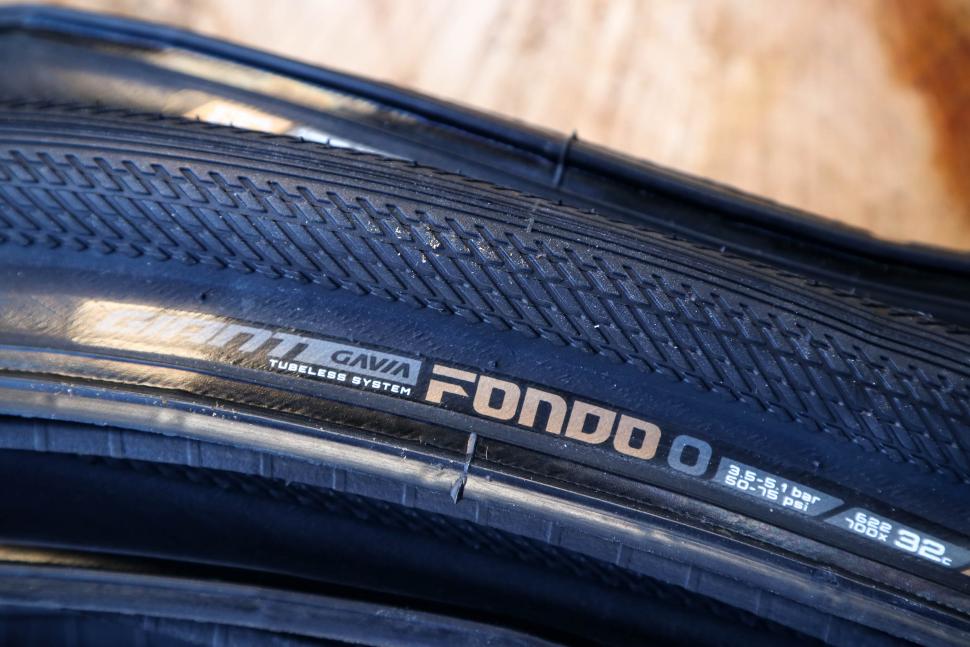
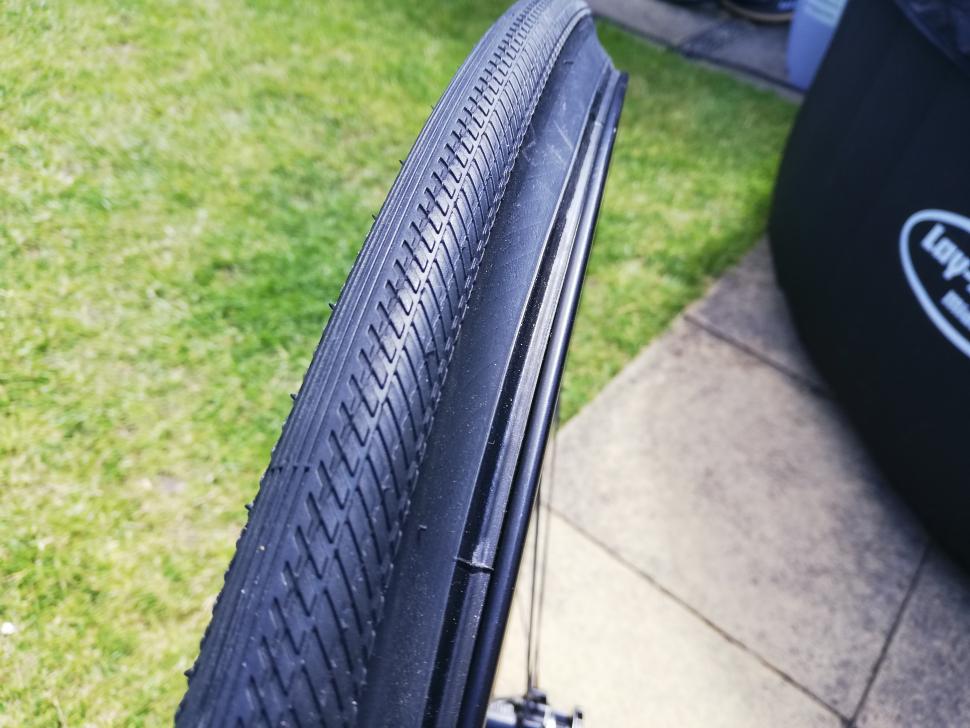
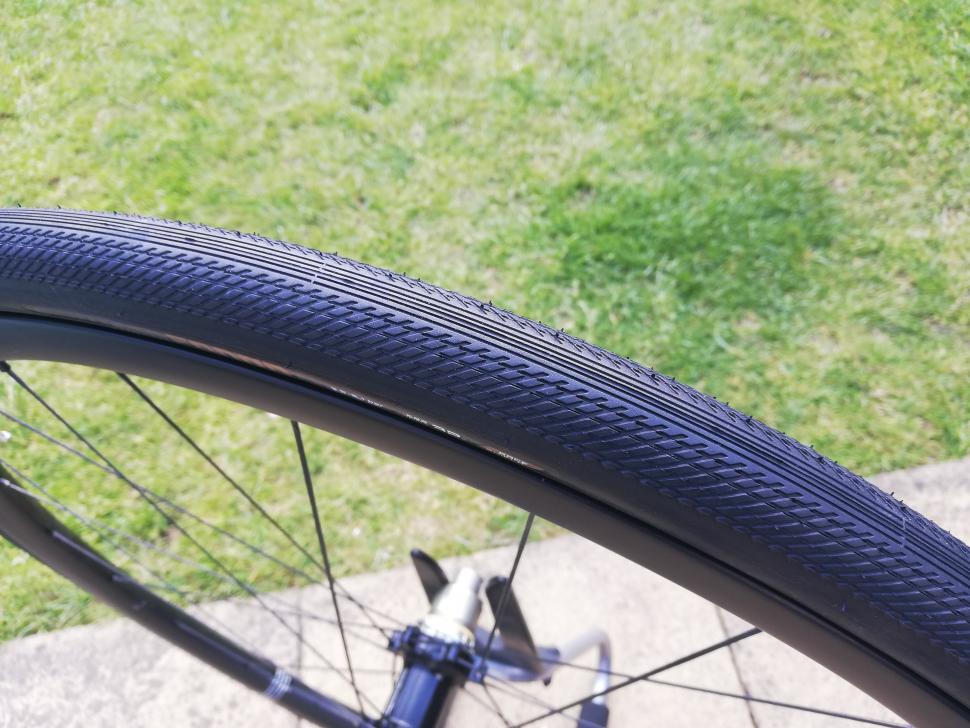


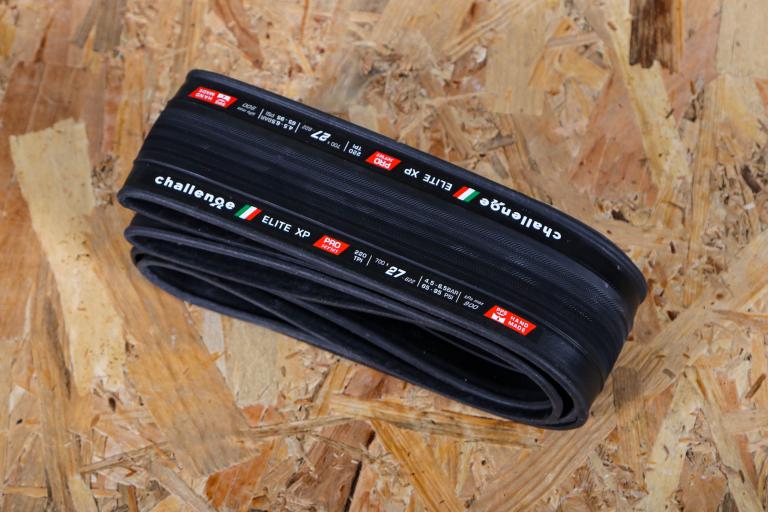
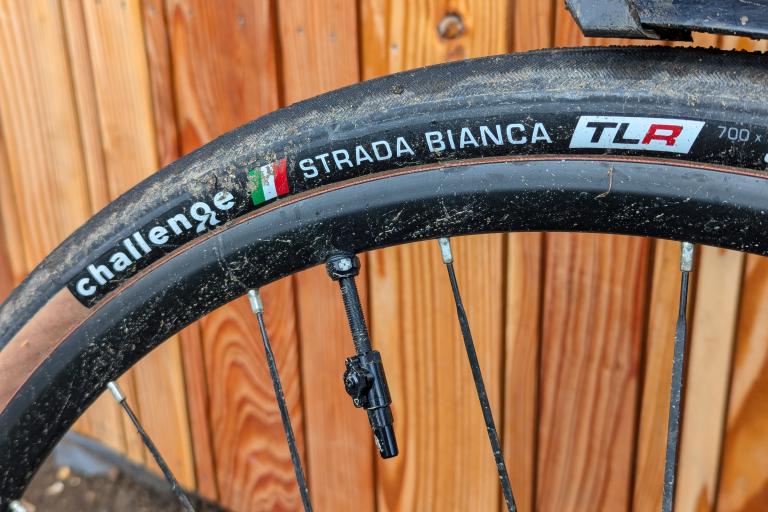
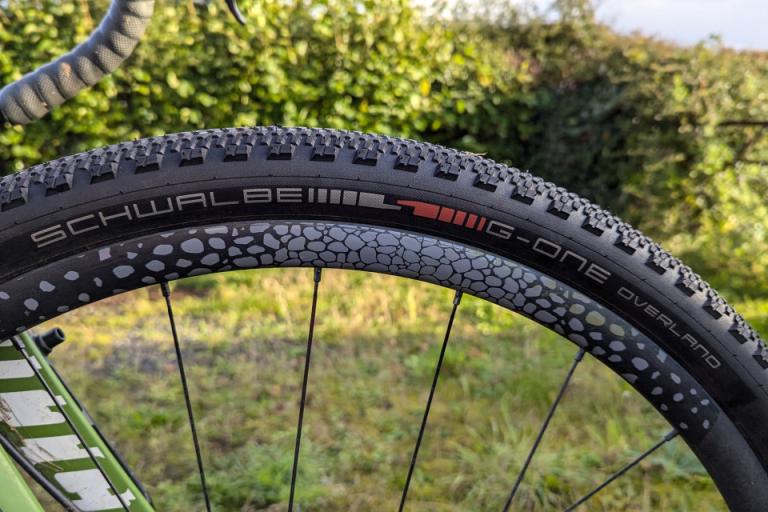
Tbf the FIA does have a road safety commission charity style setup too, they occasionally rope in the sports competitors to promote usually as a...
Which is the point of view I refer to, Duncan Smiths view is simply they weren't prosecuted, therefore there is a failing in the current law that...
Subheading for point two doesn't seem to match the written content about insufficient stack causing problems and advice not to cut your steerer down.
Not sure who is "grinding to a halt" in London. My journey this morning during rush hour from Paddington Station to my office by Trafalgar Square...
Thanks - was about to say that.
Don't buy American.
So many motorists don't observe zebra crossings....
I don't quite get internal frame storage, surely you're making the frame weaker by cutting a hole in it? Are they really saying they've got more...
Well they're definitely not cheap
And other counties also have done this IIRC with total cost/ benefit - including contribution to businesses and shopping - with similar results. (I...